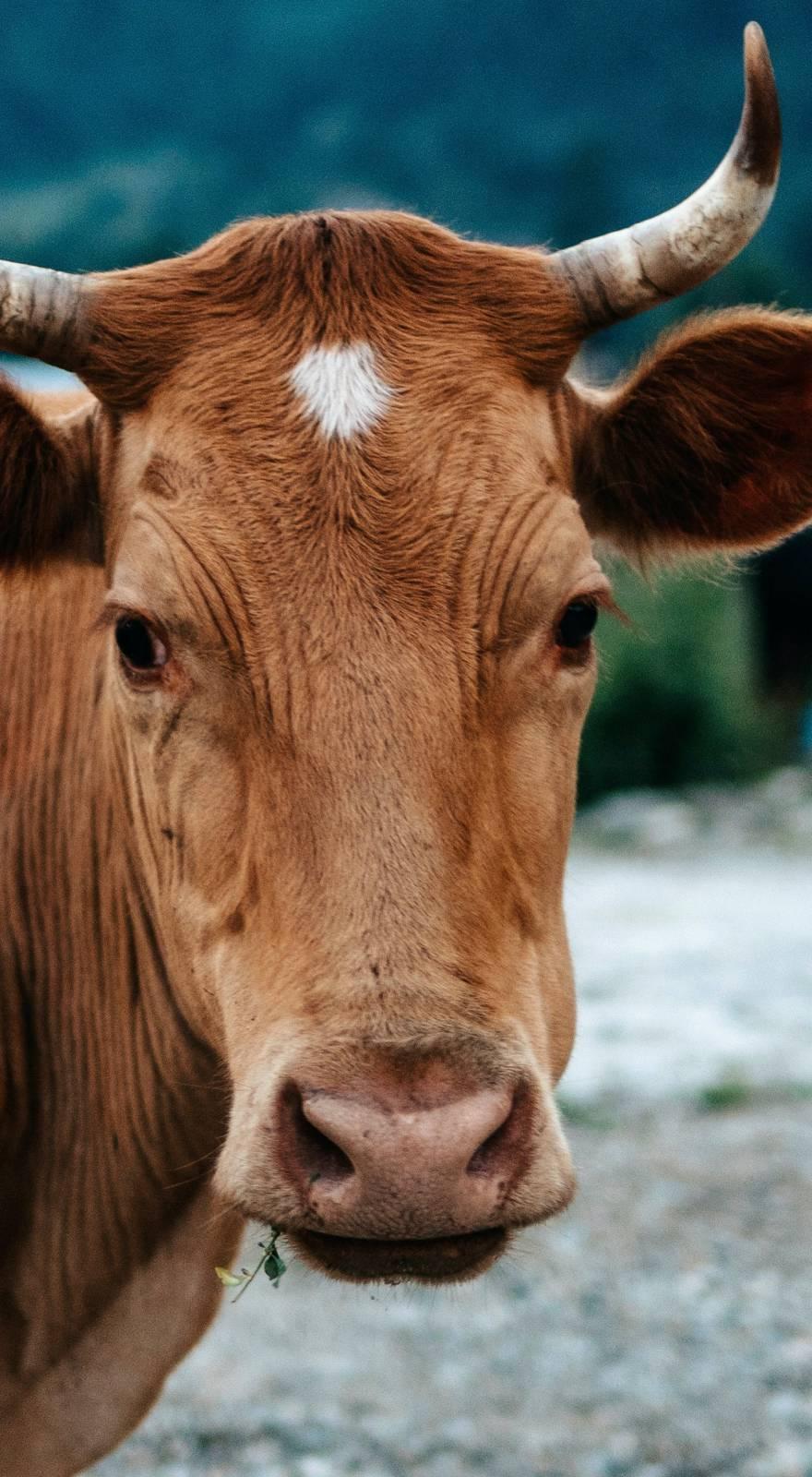Knowde Enhanced TDS
Identification & Functionality
- Agrochemical Functions
- Technologies
- Product Families
Applications & Uses
- Markets
- Applications
- Plant and Harmful Organisms for Using the Plant Protection Product
Plant Name Harmful Organism Name Application Dose and Period Time Between Last Application and Harvest Cereals
What Is That
(Eurygaster Spp.)50 ml/da,
1-3 years old 4-5 years old nymphs and new generation adults14 days
Cereal Proboscis Beetle
(Pachytychius Hordei)30 ml/da,
adultPotatoes Potato Beetle
(Leptinotarsa decemlineata)50 ml/da,
nymph, adult14 days Pistachios Pistachio Psyllid
(Agonoscena Targionii)20 ml/100 L water
nymph, adult14 days Sweetcorn
Corn Cobworm
(Sesamia Spp.)75 ml/da,
larva
(Disinfection is started when eggs are first seen)14 days
Corn Wolf
(Ostrinia Nubilalis)Olives
Olive With Black Coconut
(Saissetia Olea)50 ml/100 L water
larva, adult14 days
Olive Fly (Bactrocera Oleae) 30 ml/100 L water larva Olive Moth (Prays Oleae) 25 ml/100 L water larva Tomatoes Peach Aphid
(Myzus Persicae)50 ml/100 L water
nymph, adult14 days Apple Apple Green Aphid
(Aphispom)30 ml/100 L water
nymph, adult14 days Soybean Cotton Leafworm (Spodoptera Littoralis) 150 ml/da,
larva14 days - Usage of the Plant Protection Product
- Chemical control is decided according to the censuses and evaluations made in the fields against the slug in cereals .
- Counting is made with ¼ m2 frames placed randomly at intervals of 10-20 steps in the field against the cereal proboscis beetle and the m2.
- Application should be made in areas where an average of 5 or more adult insects are detected.
- When the average daily temperature against the potato beetle reaches 14-15 °C, the field is entered in the direction of its diagonals and the eggs, larvae and adults of the pest are searched in the furnaces.
- The presence of any period indicates that the field is contaminated.
- If the application will be made against the first generation, it should be done when the first mature larvae (fourth period) are seen in the plants.
- In case of application to the second offspring, the completion of egg hatching should be waited.
- In this period, the application may not be necessary, as the damage due to the insect density can be tolerated by the plant.
- However, as a result of the researches, 20% of the damage caused by the potato beetle on the leaves of the potato plant, It can be tolerated by the plant and there is no reduction in the product.
- This rate goes up to 40% depending on the phenoeological period and development of the plant.
- When 20-30 nymphs per leaf are seen as a result of weekly counts made on 100 compound leaves in the controls made against pistachio psyllid in pistachios, spraying should be done before the first adult parasitoid emergence and a sticky layer (fumagine) on the leaf surface when the majority of the eggs hatch.
- Application is made when the first egg is detected against corn cobworm and corn worm in maize.
- After the first application, 3 more applications are made with an interval of 15 days.
- The application time against olive black cochlea is determined according to the active larvae hatching.
- During the controls, when 4-6 adult females reach an average of 4-6 adult females in the shoot of 80-100 cm, the first application should be made from the end of May and at the time of 50% opening, and the second application when 90% is opened.
- However, during the 50-90% expansion of the pest, one application is sufficient since the applications against other pests (Olive crustacean etc.) suppress this pest.
- In case of an increase in the number of adults of olive flies caught in sufficient hits and traps, chemical control should be carried out by making the count of the pits in the olive against the olive fly when the fruits reach maturity of laying eggs.
- If 10% of the lentil-sized olive fruits, which are checked against olive moths in olives, have live eggs + larvae, the application should be made.
- Against peach aphids in tomato, it is applied when an average of 10-20 pests per leaf are seen on 20-40 leaves, which are plucked every 3-5 steps by entering the field in the diagonal direction.
- However, by observing parasitoids and predators, the effectiveness of beneficials should be considered before deciding to apply.
- Against green aphid on apple, application should be made when 15 infected shoots are seen in 100 shoots during vegetation.
- In the surveys against cotton leafworm in soybean, control should be started when there are 6 larvae with a row length of 3 m or when there are 2 newly hatched egg packs.
- Resistance Management
- The plant protection product named Dolatrin 25 EC is an Insecticide classified as group 3A according to its mechanism of action.
- Repeated applications of plant protection products with the same mechanism of action encourage the development of resistance.
- For this reason, do not exceed the recommended total number of applications of Dolatrin 25 EC in the same production season in order to delay the development of resistance.
- In cases where the application needs to be repeated, pay attention to the use of plant protection products with different mechanisms of action (except group 3A).
- Compatibility
- It is recommended to make premix trials before mixing large quantities for application.
Packaging & Availability
- Packaging Type
- Packaging
250 ml and 1 L packages.

